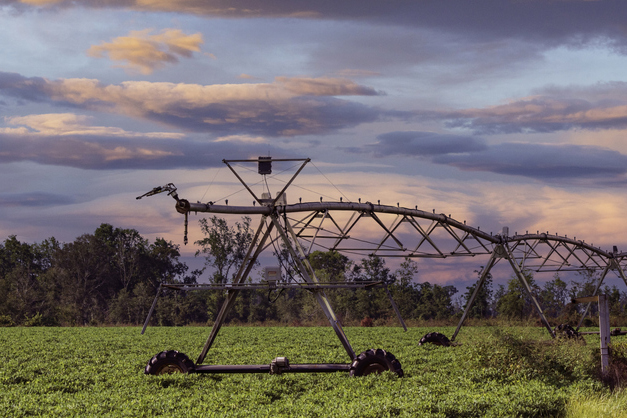Watering restrictions may not cause us so much worry in the future. For all these hot, dry days that arrive nearly every summer, University of Georgia agricultural scientists have developed a new grass that needs much less water.
Most yards have grass that needs at least an inch of water per week during the summer. But the new grass, called Tall Fescue Southeast, isn't nearly as thirsty.
|
| The rap on tall fescue in Georgia has been that it needs too much water in the summer. But UGA scientists are changing that. |
In tests, the scientists torment the new grass. They try not to water it, while keeping a close, scientific watch on how thirsty Tall Fescue Southeast gets.
Roots Key to Drought Tolerance
Using moisture sensors buried at 2 feet deep in the soil, the scientists keep close tabs on the amount of available water. And they discovered that roots need something to eat, as well as something to drink, for the grass to stay green during a drought.
"The plant doesn't produce enough food or carbohydrates to maintain the root system. So it starts losing some of them," said Bob Carrow, a turf breeder with the UGA College of Agricultural and Environmental Sciences in Griffin, Ga.
Carrow and other researchers began their studies on the new grass in 1993 with drought survival in mind. They deprived the grass of water for weeks at a time to see how it reacts. The research kept pointing them underground.
They found that if they wanted to improve the drought tolerance of the grass, they had to go to the bottom and work on the root structure. So they developed a grass that has tougher roots -- roots that can survive the hot summer better than other tall fescues.
New Grass More Frugal
The scientists also made the new grass more frugal.
Other grasses tend to drink all the water they can at one time, putting on spurts of growth they can't support later. But not Tall Fescue Southeast.
"Even though the water is there in the soil, they don't use any more than they need," Carrow said.
Tall Fescue Southeast needs only about three-quarters of an inch of water a week, instead of the inch per week most popular grasses require. It stays greener longer in a hot, dry world.
The grass should be available in the fall of 2001, Carrow said. But you'd have to rip out your old grass to put this one in, and that might be more trouble than some people want to go through. However, those with new homes may want to use the new grass to establish a more drought-hardy lawn.
The UGA scientists expect to release another drought-tolerant grass in the next three years. That one, they say, will need 50 percent less water.







